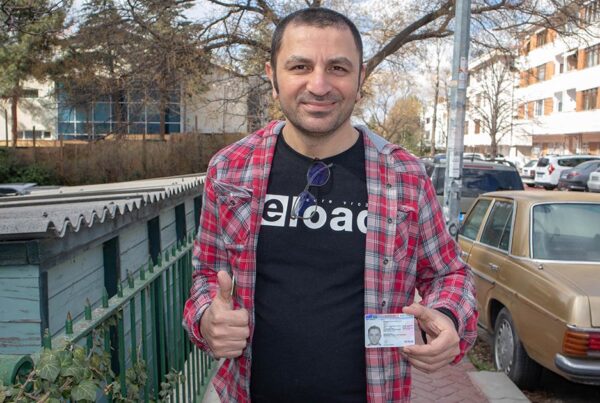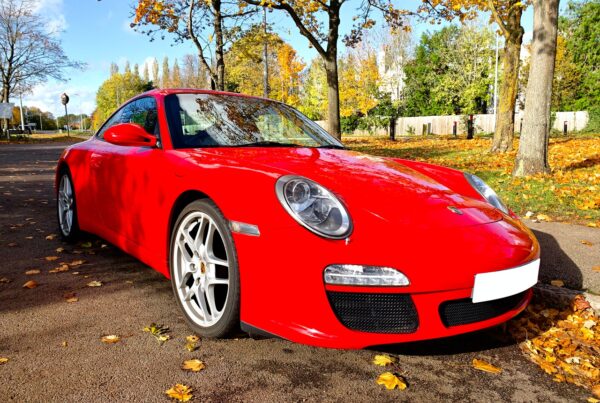Estonia’s population is mixed ethnicity. After the occupation of Estonia by Russia, there was a slight decrease in the Estonian population. However, with the independence and membership of the European Union, there has been an increase in the population of Estonia . Despite this increase, Estonia’s population has the lowest population ratio of the European Union, Eurozone, NATO, OECD and Schengen Area.
What are the Population Distribution Rates in Estonia?
Estonia has a population of 1,328,976 million. The population density in the country is 29.22 per area. Estonians make up about 70% of this population in Estonia. The remaining population is the minority group who migrated from the USSR to Estonia. The most developed region in Estonia is the Harjumaa region, which includes the capital Tallinn. The official language in the country is Estonian, but since it has a mixed population, Finnish, Russian, German and especially English are spoken in the country. Ethnic Russians from Russia generally live in the Ida-Viru region in northeast Estonia. The population ratio of Estonians in the Ida-Viru region, where ethnic Russians are concentrated, is 20%. There are fifteen regions in Estonia. In thirteen of these fifteen regions the percentage of the Estonian population is more than 80%. The region with the highest Estonian population in Estonia is the Hiiumaa region with 98.4%. In Estonia, the population ratio of Estonians is 60% in the Harjumaa region, where the capital city of Tallinn is located.
What is the Ethnic Structure of Estonia?
The ethnic structure of Estonia was formed according to the 2012 census. This ethnic structure is as follows:
- Estonian population 68.7%
- Russian population 24.8%
- Ukrainian population 2%
- Belarusian population 1.1%
- Finnish population 0.8%
- The population of other races is 1.6%,
The Estonian people living in Estonia are a Finno-Ugric people of Uralic origin. Estonians came to the Baltic countries by immigrating from the Urals. Estonians are a people who have very close cultures with Finns.
What is the purchasing power in Estonia?
The purchasing power in Estonia is quite good. The currency used in the country is the euro. The euro is one of the most valuable currencies. The euro, which has a high value in the economic market, does not need to be compared with other currencies. According to Estonia’s Gross Domestic Product (GDP), the per capita purchasing power is $37,606. Estonia is ranked 39th in the international monetary fund of the whole world. is in line. The people living in Estonia do not have a problem with the purchasing power per capita, this purchasing power is mostly sufficient for them.
What Affects Purchasing Power in Estonia?
The purchasing power in Estonia is proportional to the development of the country. Looking at world standards, purchasing power is calculated over the minimum wage. Estonia’s minimum wage is 582 euros. But thanks to the number of literate people in the country, the people living in Estonia earn more than the minimum wage. The purchasing power of Estonia is seen as low because it is calculated over the minimum wage in world standards. But the purchasing power in Estonia is good.
What is Estonia’s Trade Volume?
The trade volume of Estonia, especially the foreign trade volume, is approximately 30 billion dollars. 19 billion dollars of this average foreign trade volume is imports and 17 billion dollars is exports. The reason for the development of the country’s foreign trade is that it is both a member of the European Union and a northern country. Countries that play an important role in Estonia’s trade are:
- Finland
- Sweden
- Germany
- Latvia
- Russia
- Lithuania
- Holland
- Chinese
What are the Import and Export Items in Estonia?
Estonia’s import and export volume is average in both of them and is 22 billion dollars. Estonia’s main trading countries are Sweden, Finland, Russia, Germany, Latvia and Lithuania. The main import and export items with these countries are as follows:
- Export Items: Iron and Steel goods, electric motor vehicles, shoes, various manufacturing products, agricultural and food products.
- Import Items: Iron and Steel scraps, electronic goods, precious metals
Work with Advist in your EU Settlement Process.
Get a residence and work permit in the country you want in Europe!



